10 of the World's Most Endangered Animal Species
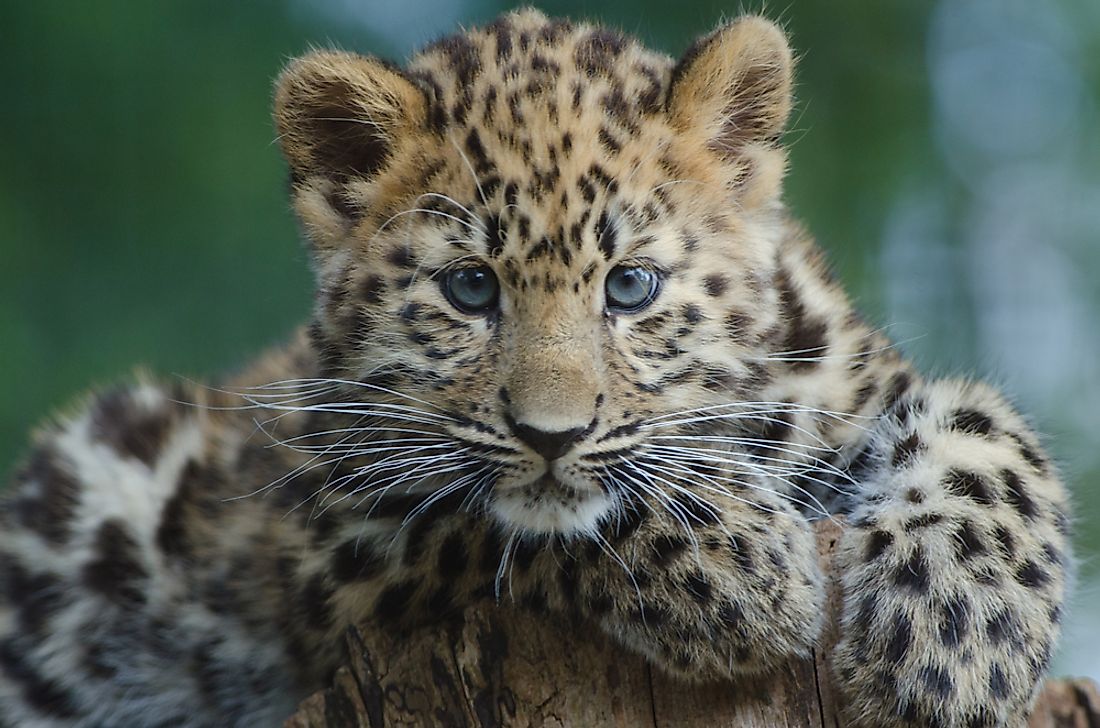
Since the dawn of the Industrial Revolution in the 18th century, human activity has increased tremendously. The insatiable demand for raw materials have put strains on the environment through the destruction of forests as well as pollution of the water bodies. Animals have been on the receiving end of the increased destruction to the point where some are increasingly nearing extinction.
10. Orangutan
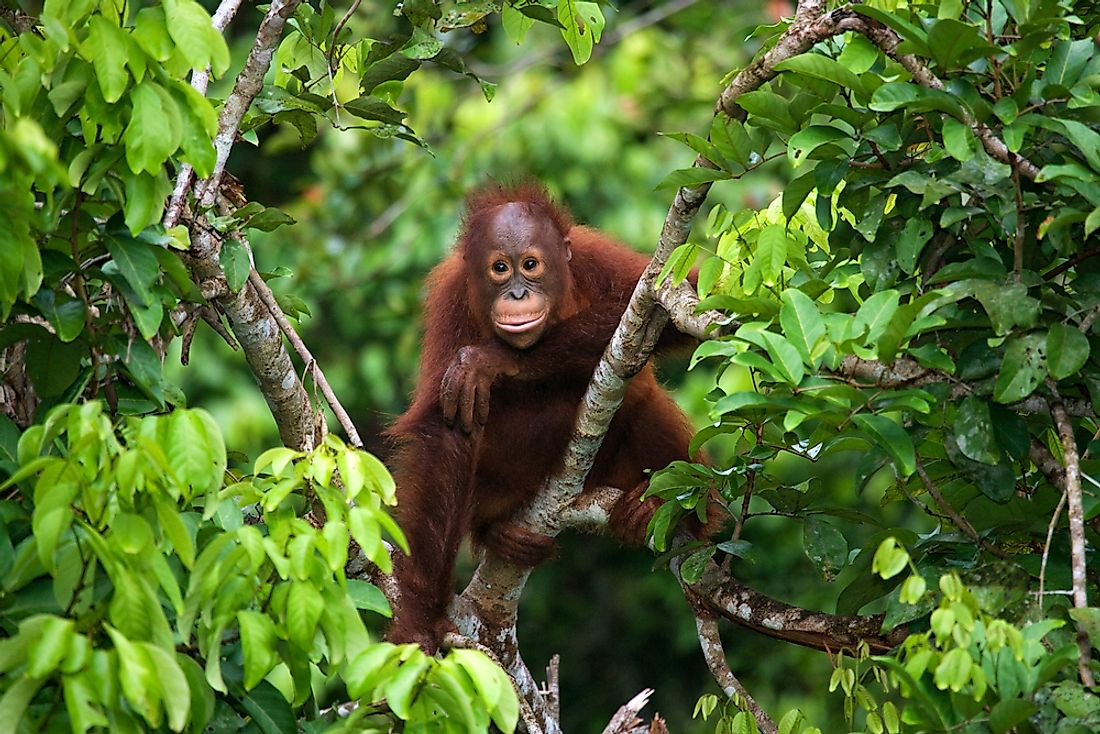
The orangutan is the term used to refer to members of the Ponginae genus and is comprised of two extant species: the Sumatran orangutan and the Bornean orangutan. The orangutan is one of the largest primates and is the largest of all arboreal apes with males reaching 165 pounds and featuring an arm span of 6.6 feet. The global orangutan population has seen rapid declines attributed to increased human encroachment into their habitat range as well as destructive activities such as illegal logging and illegal poaching.
9. Mountain gorilla
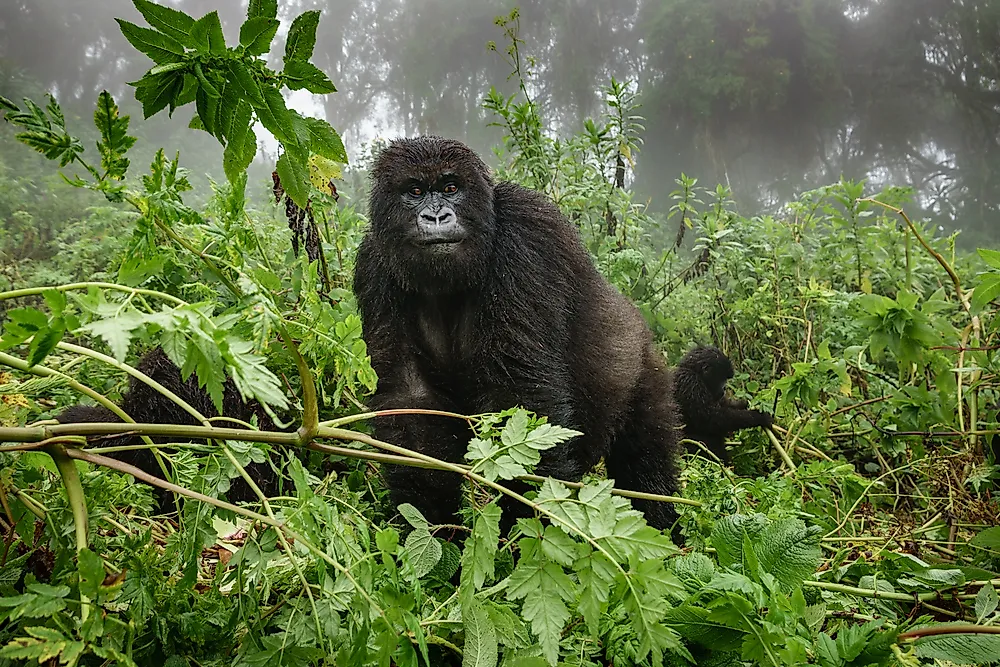
The mountain gorilla is a great ape found in the Uganda-DRC border with the majority found in forests on the slopes of the Visoke, Karisimbi, and Mikeno mountains. The mountain gorilla is one of the largest primates in the world, with adults reaching 6 feet in length and weighing over 400 pounds. The mountain gorilla has faced constant threats from the surrounding human population through the encroachment of its range as well as being killed by snares set for other animals. However, several conservation measures including frequent monitoring by armed guards have stopped the population decline.
8. Malayan tiger
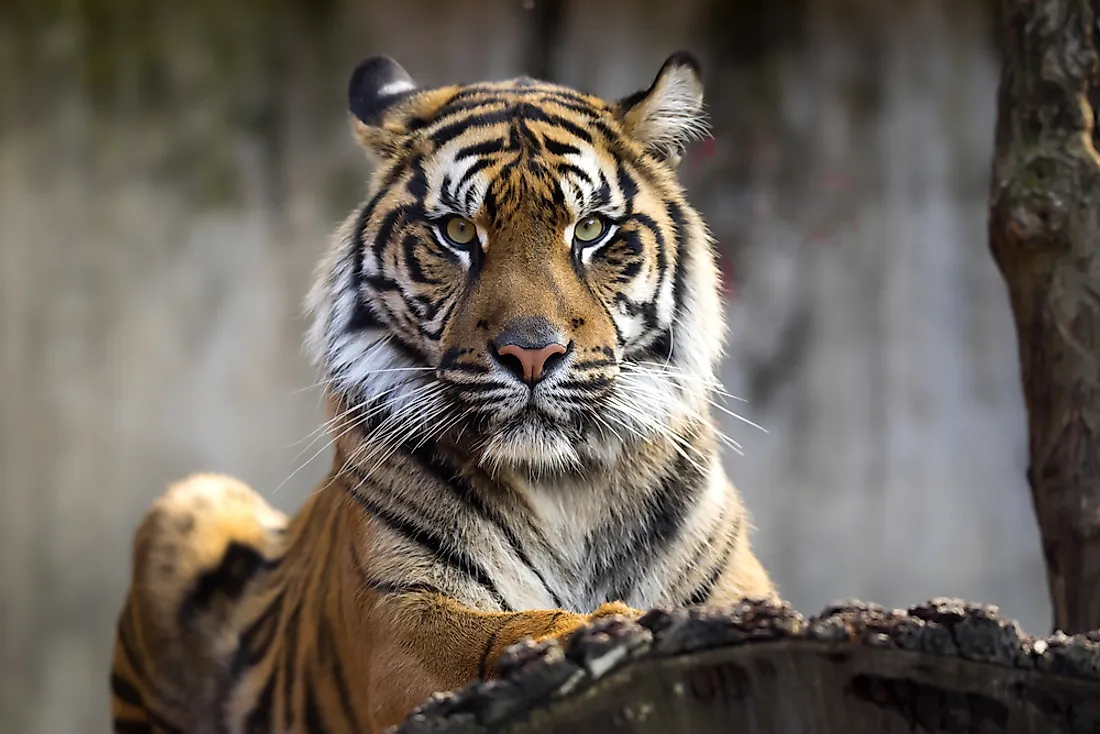
The Malayan tiger is a critically endangered tiger subspecies found in South East Asia, primarily in Malaysia. The Malayan tiger is closely related to the Indochinese tiger and can grow up to 8 feet in length and attain 300 pounds in weight. The tiger’s population has experienced a sharp decline caused by illegal poaching as well as the destruction of habitat. Road developments also pose some threats to the Malayan tiger's habitat. Conversion of forest for commercial plantations and agriculture has often led to frequent encounters between the tigers and livestock. Such losses to the farmers can be extremely high, and it is estimated that between 1993 and 2003 a loss of up to $400,000 has occurred in the Terengganu. The area is one of the poorest regions in the Malaysian peninsula. In response, angry villagers or authorities often kill the tigers.
7. Javan rhino
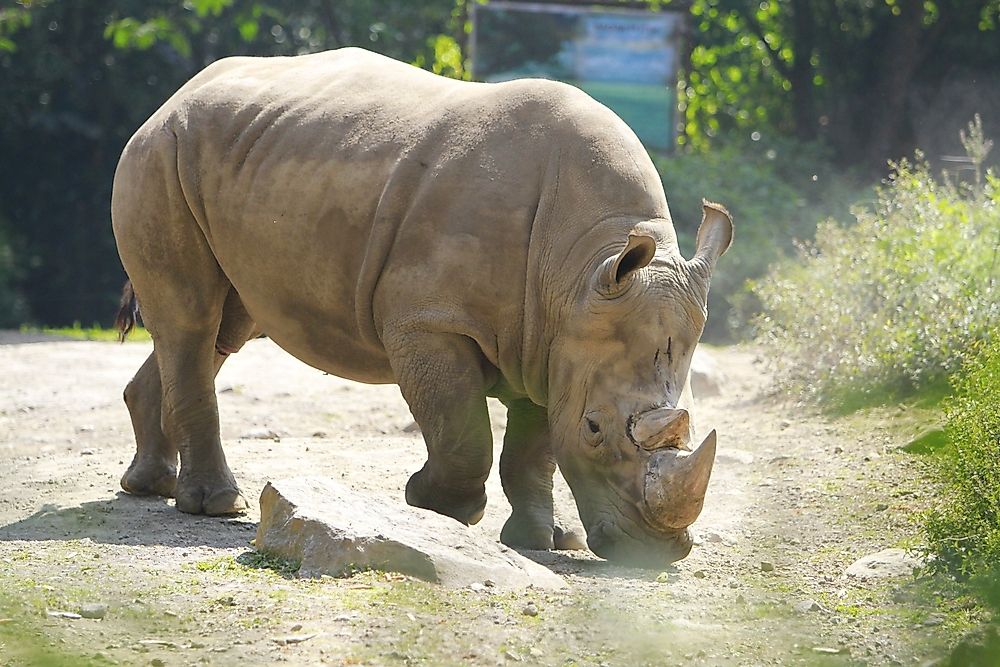
The Javan rhinoceros is a species of rhino found on the island of Java, Indonesia. The Javan rhino is one of the largest Asian terrestrial animals with some attaining weights of over 4000 pounds. They have an average length of 13 feet with females being slightly larger than males. The Javan rhino is one of the rarest large mammals on earth. With a global population of fewer than 100 animals, the Javan rhino is classified as a critically endangered species. Widespread poaching of the rhino for its horn is the primary reason behind the population decline, with the horn fetching as much as $30,000 per kilo.
6. Hawksbill turtle
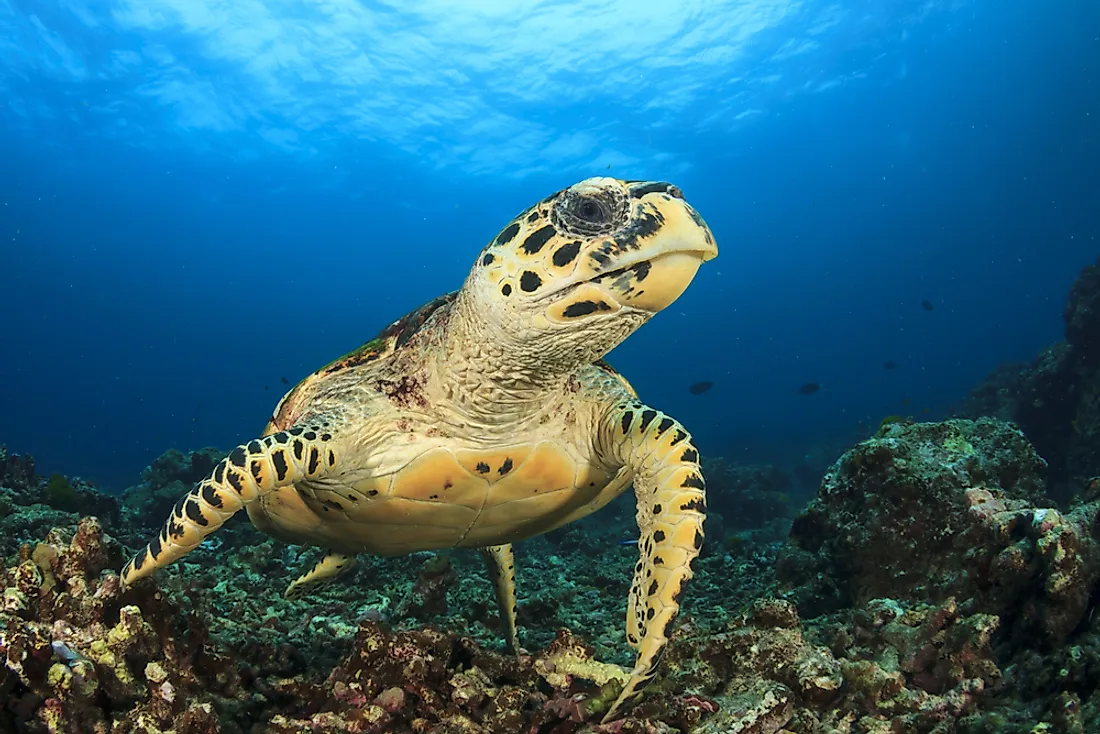
The hawksbill sea turtle is a sea turtle with a worldwide distribution in the majority of the planet’s oceans. The hawksbill sea turtle’s shell has serrations around its edges and it has a long, curved beak which is more pronounced than that of other turtle species. Adults grow to reach an average weight of 180 pounds and a length of 3 feet. In 1996, the hawksbill sea turtle was classified as a critically endangered species. The reason for the population decline of the turtle is due to illegal capturing, pollution as well as the destruction of their nesting areas by human settlement.
5. Eastern lowland gorilla
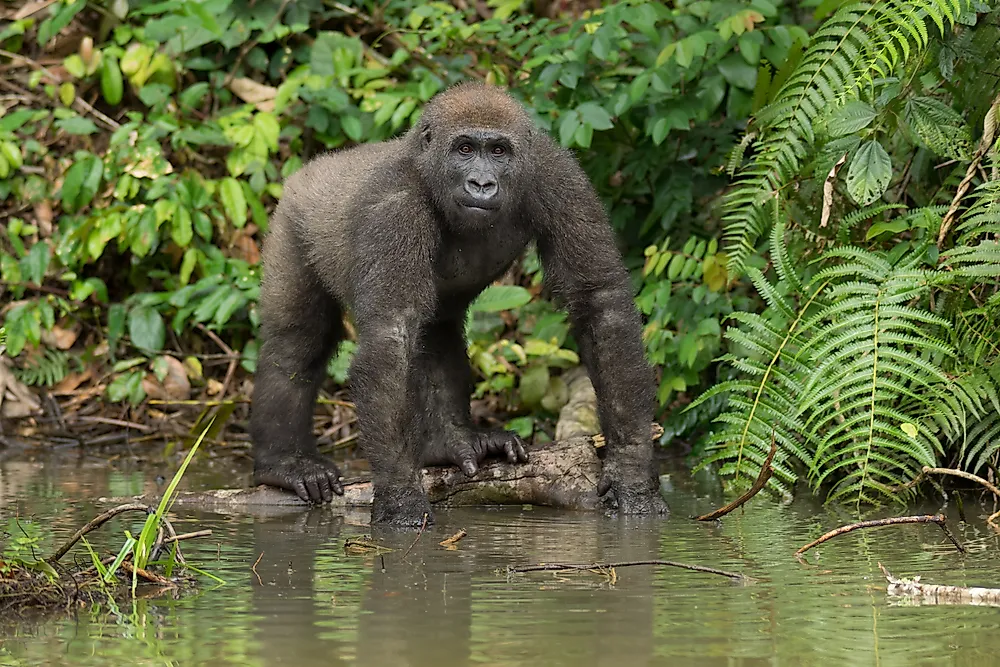
The eastern lowland gorilla is the largest of all gorilla subspecies, with males attaining an average weight of 600 pounds and a standing height of over six feet. The eastern lowland gorilla is primarily found in the eastern forests of the Democratic Republic of Congo with the majority of the population found within the Kahuzi-Biega and Maiko National Parks. The eastern lowland gorilla is classified as critically endangered with numbers estimated at 3,800 in 2016, a decline from 5,000 individuals estimated in 2004. Civil wars which have plagued the central African nation have also led to the destruction of habitats of these apes. Illegal poaching for their meat has also played a role in the declining numbers.
4. Cross river gorilla
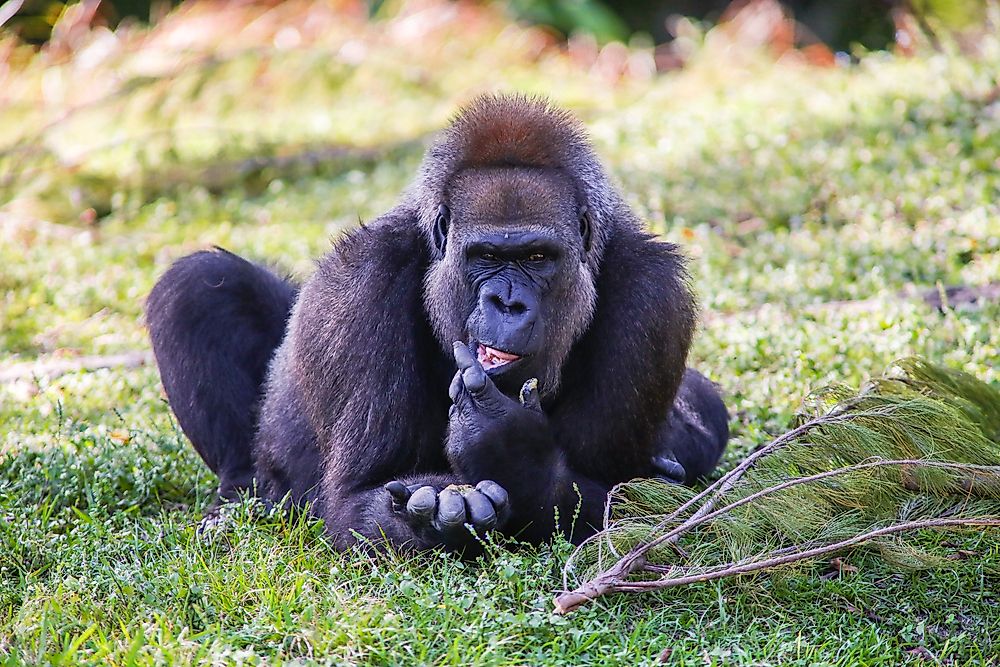
The Cross River gorilla is a subspecies of the western gorilla found in the Nigeria-Cameroon border along the Cross River from where it gets its name. Males are usually larger than females and have an average height of 5 feet 9 inches and an average weight of 440 pounds. This sub-species of the gorilla is facing serious threats including the widespread destruction of their forest habitat as well as illegal hunting. The population of these great apes experienced a 59% decline between 1995 and 2010 and the current population in the wild is estimated at 300 individuals. A recent outbreak of Ebola further decimated the population.
3. Bornean orangutan
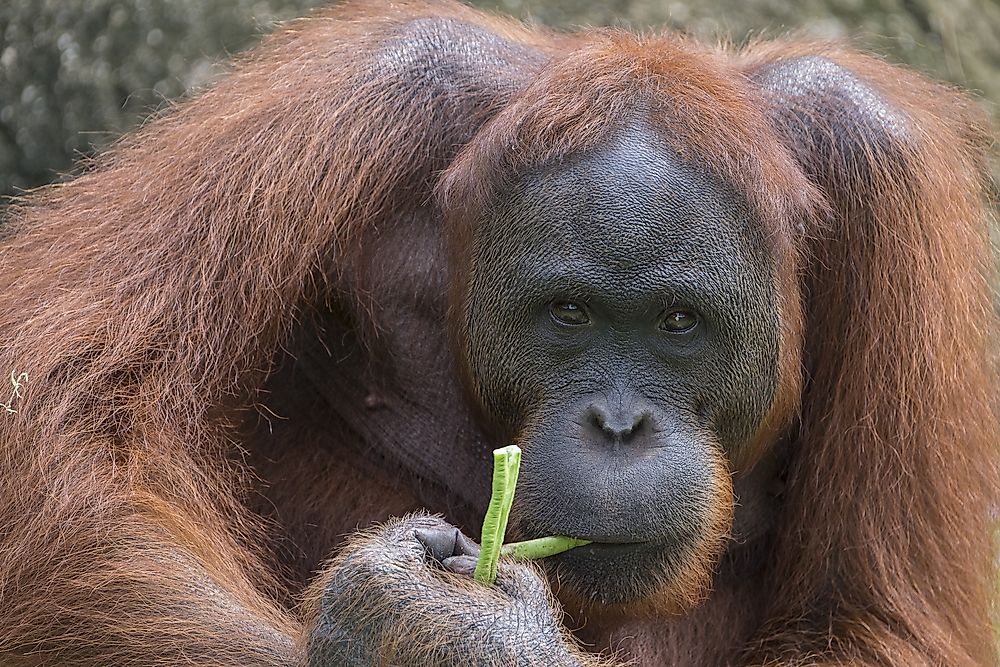
The Bornean orangutan is a species of orangutan found on the island of Borneo. The Bornean orangutan is the largest arboreal mammal with males growing to over four feet in length and weighing up to 220 pounds. The Bornean orangutan’s global population in the wild is estimated to be 54,500 individuals. This great ape is classified as critically endangered and faces a grave danger of extinction caused by the destruction of its natural habitat for human activities such as palm-oil agriculture as well as unsustainable logging and mining.
2. Black rhino
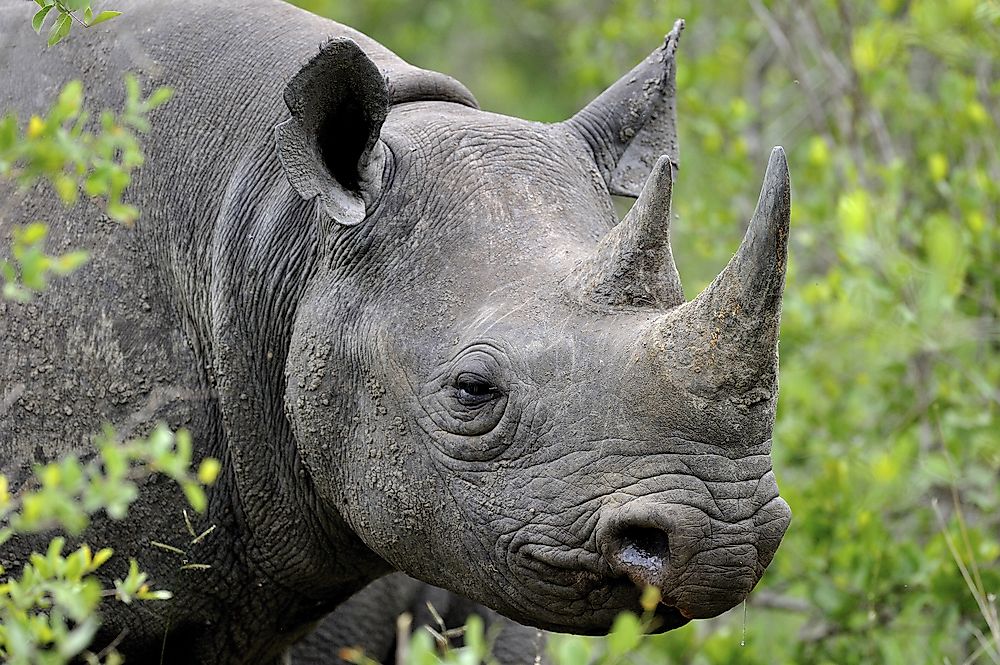
The black rhinoceros is a large mammal found in Sub-Saharan Africa. The black rhino is one of the biggest terrestrial animals, with males weighing over 5,000 pounds. Before the arrival of European colonialists in the 19th century, the black rhino’s natural range included the majority of Sub-Saharan Africa. However, rampant poaching for game trophies and their distinct horns caused a sharp decline in their population. Several studies have estimated that as many as 96% of all black rhinos were killed between 1971 and 1990, leading to the extinctions of some sub-species such as the western black rhinoceros (declared extinct in 2011).
1. Amur leopard
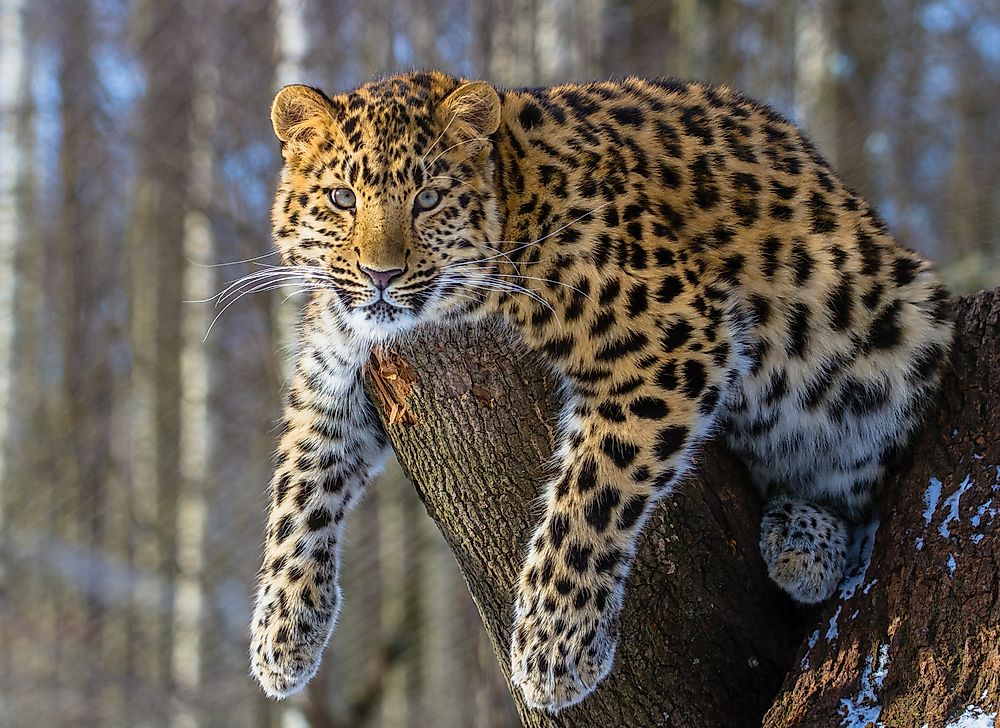
The Amur leopard is a cat of the Panther Pardus species and is found in southeastern Russia and along the Chinese-North Korean border. The Amur leopard is unique as it is the only member of the Panther Pardus species to inhabit the cold, snowy climate. The Amur leopard is one of the most endangered of all big cats, with records indicating the existence of about 70 leopards in the wild. The primary danger facing the Amur leopard is the extensive destruction of the habitats where human activities have encroached into Amur leopard territories. Another main threat is poaching, where the leopards are killed by illegal poachers for their skins with a skin from one leopard fetching as much as $1000 on the black market.











